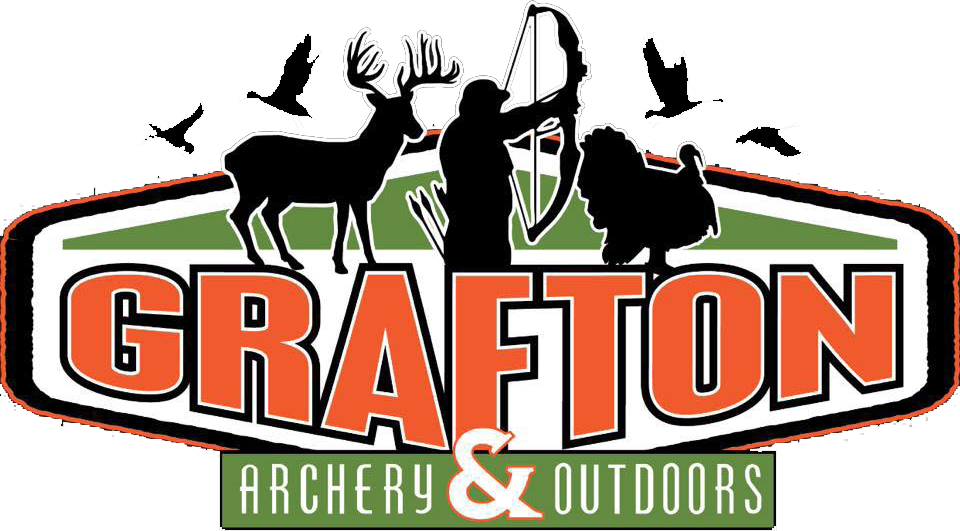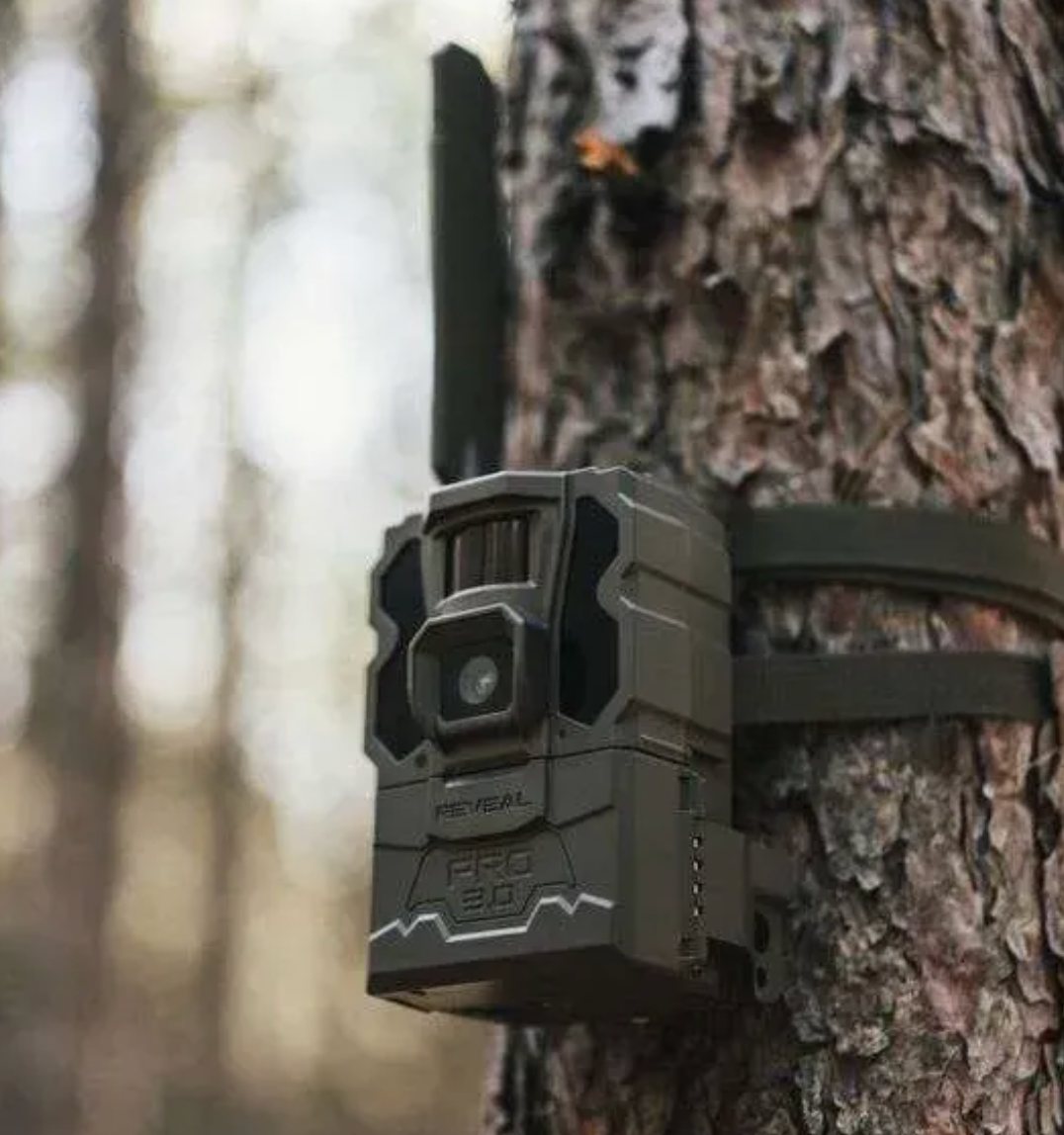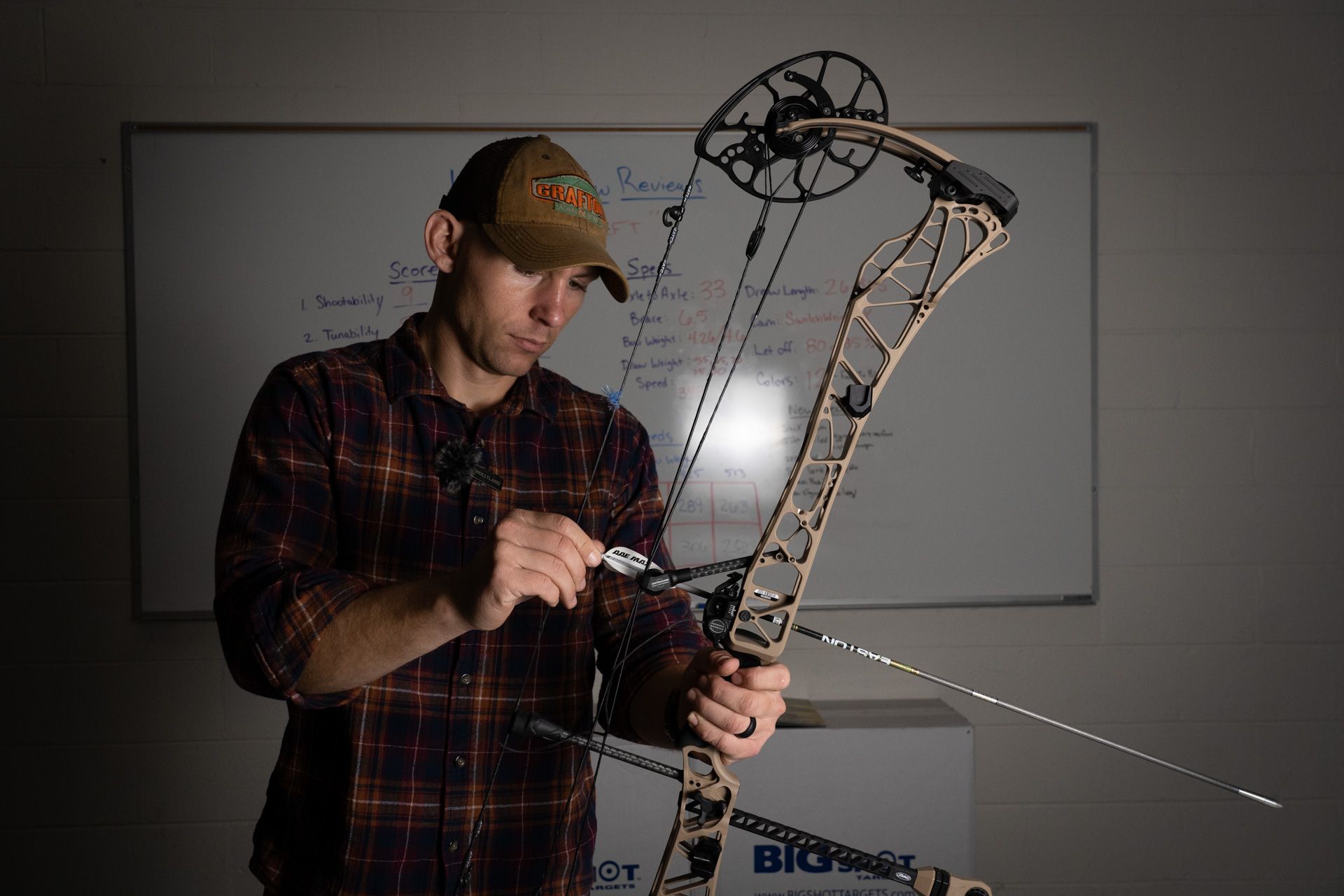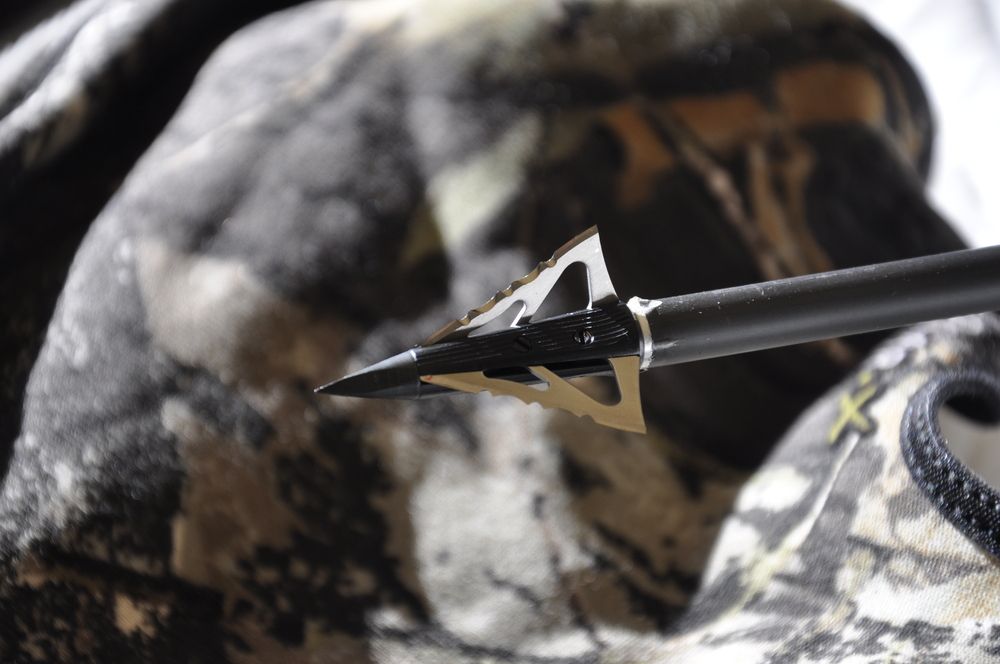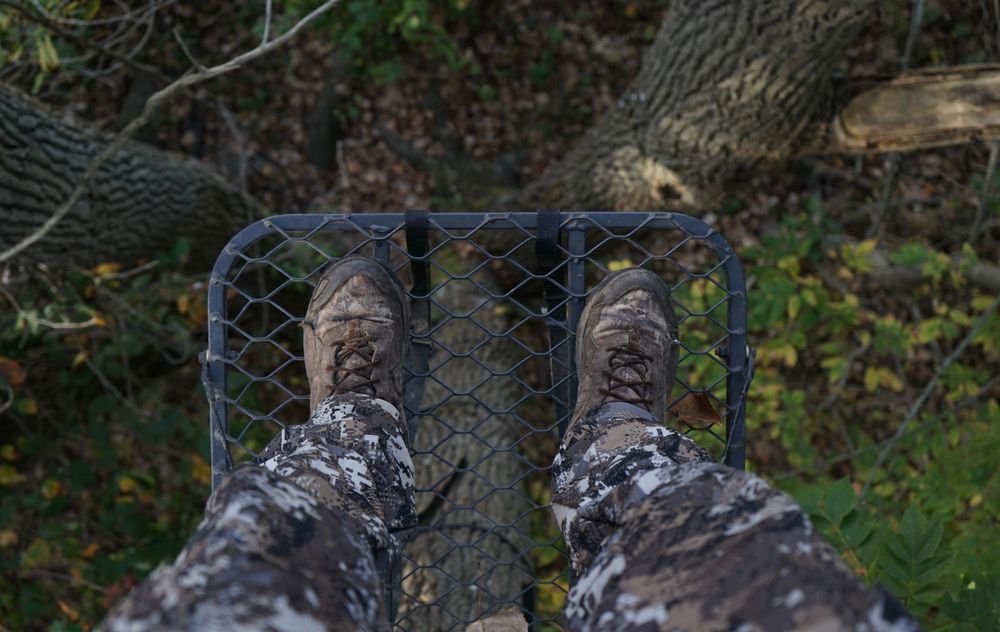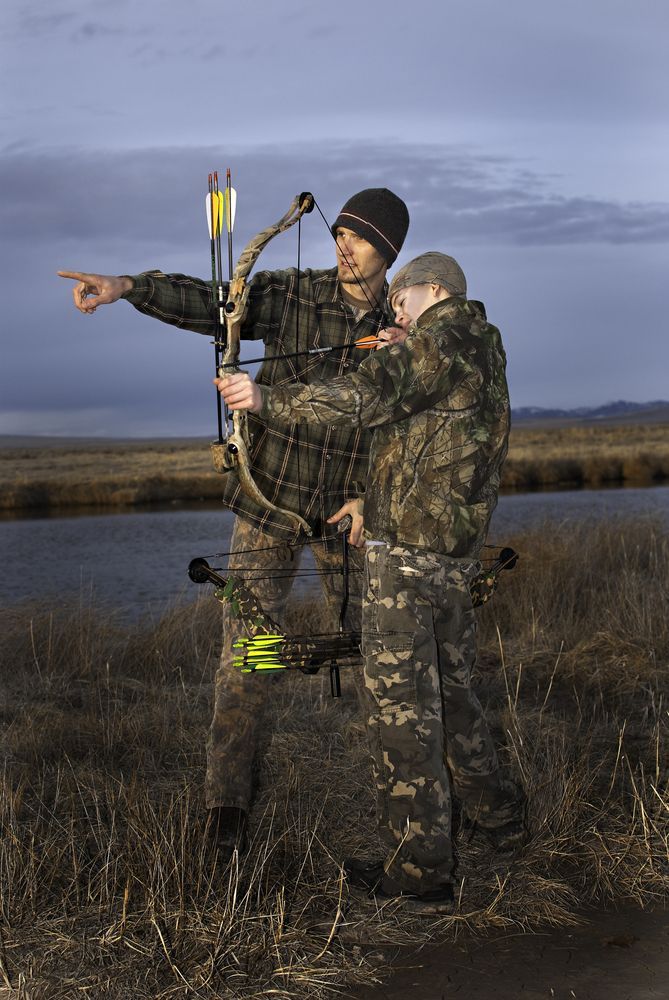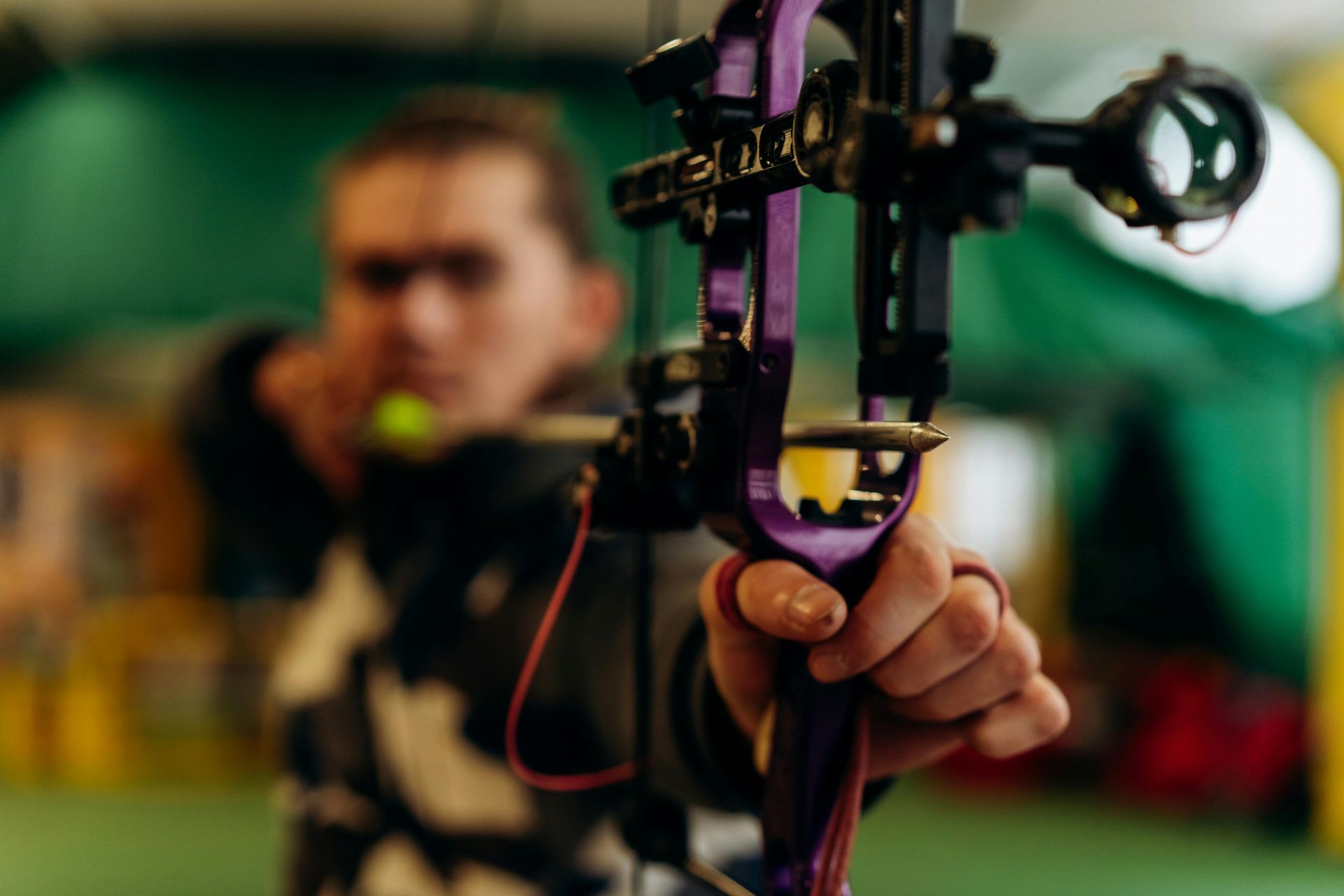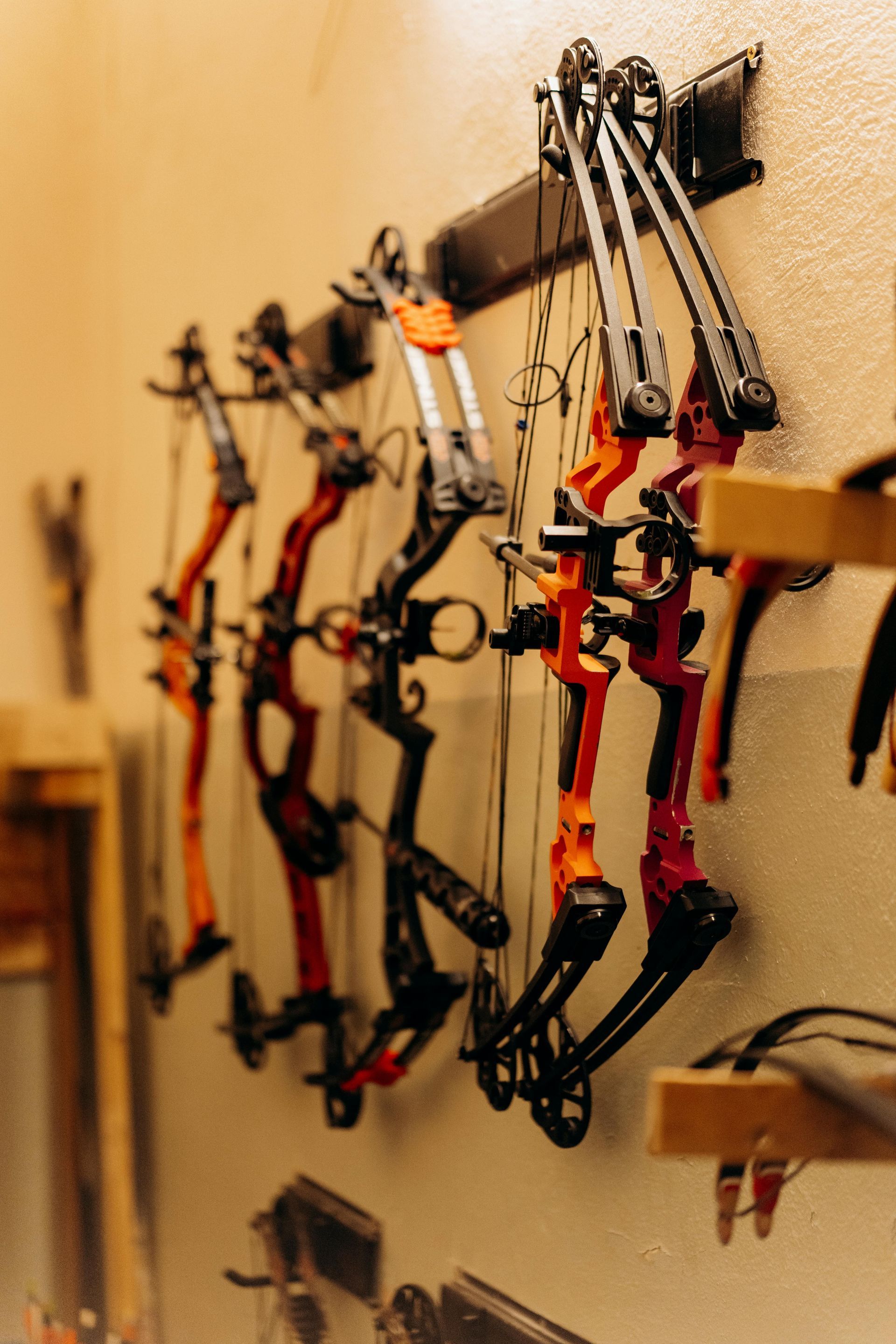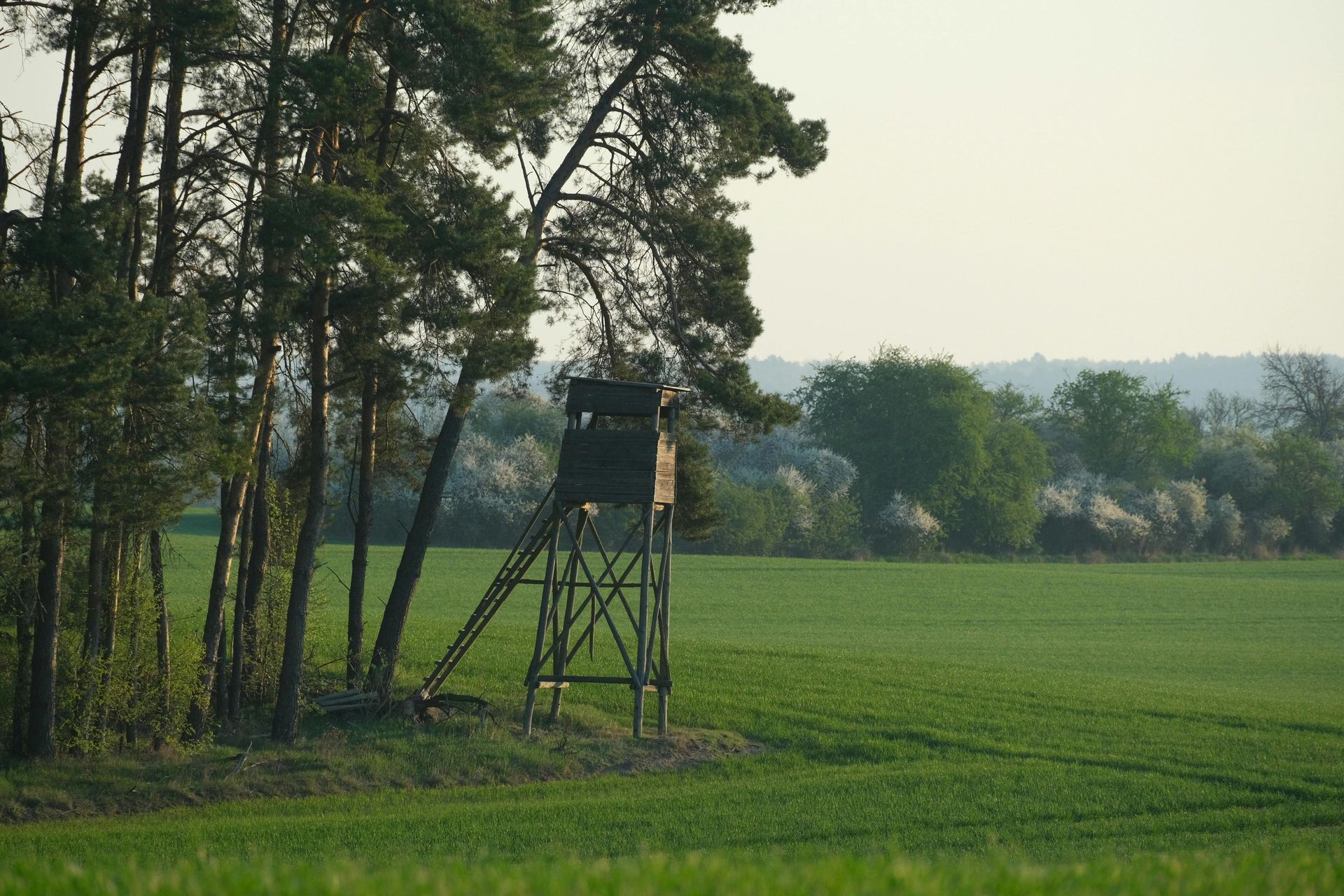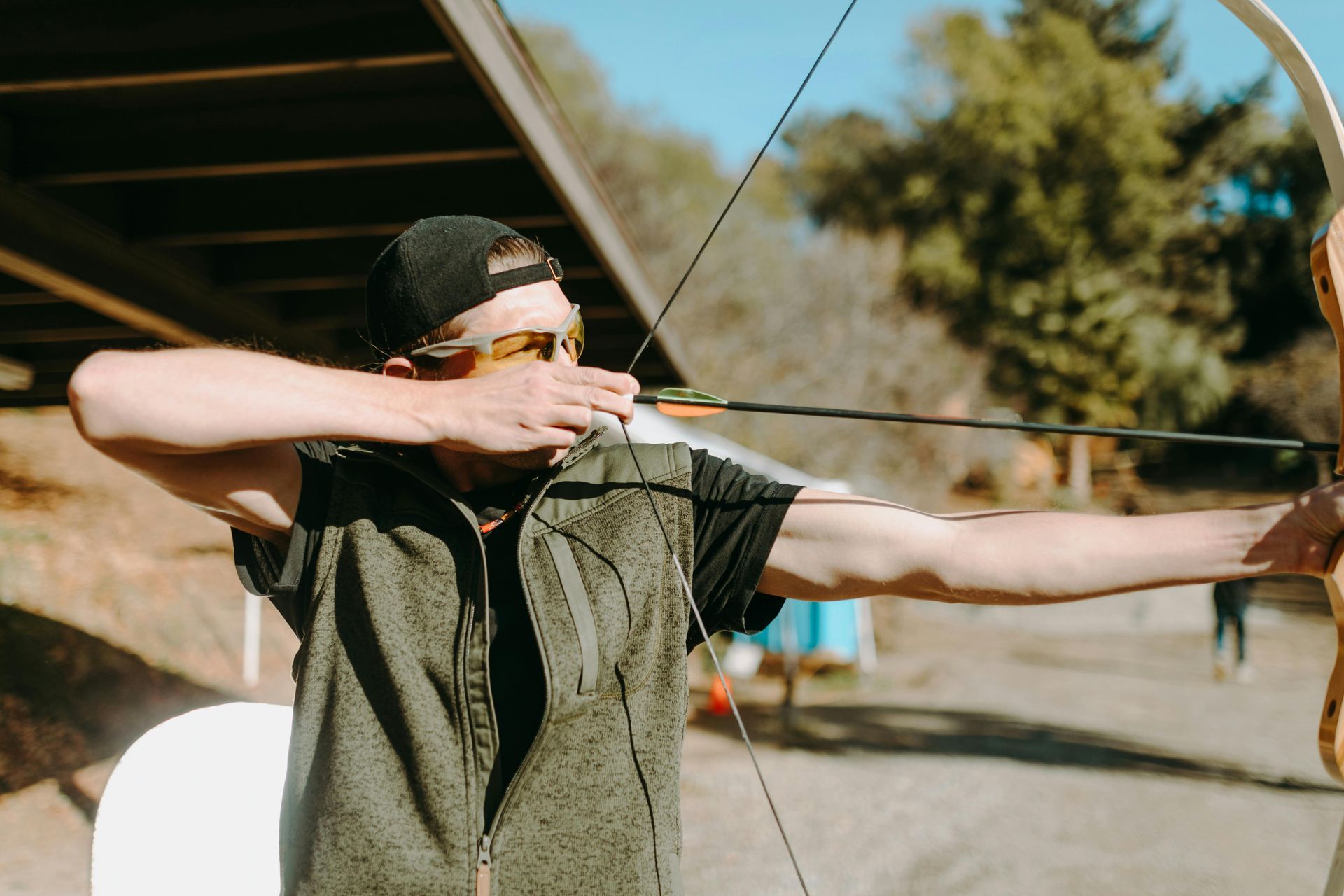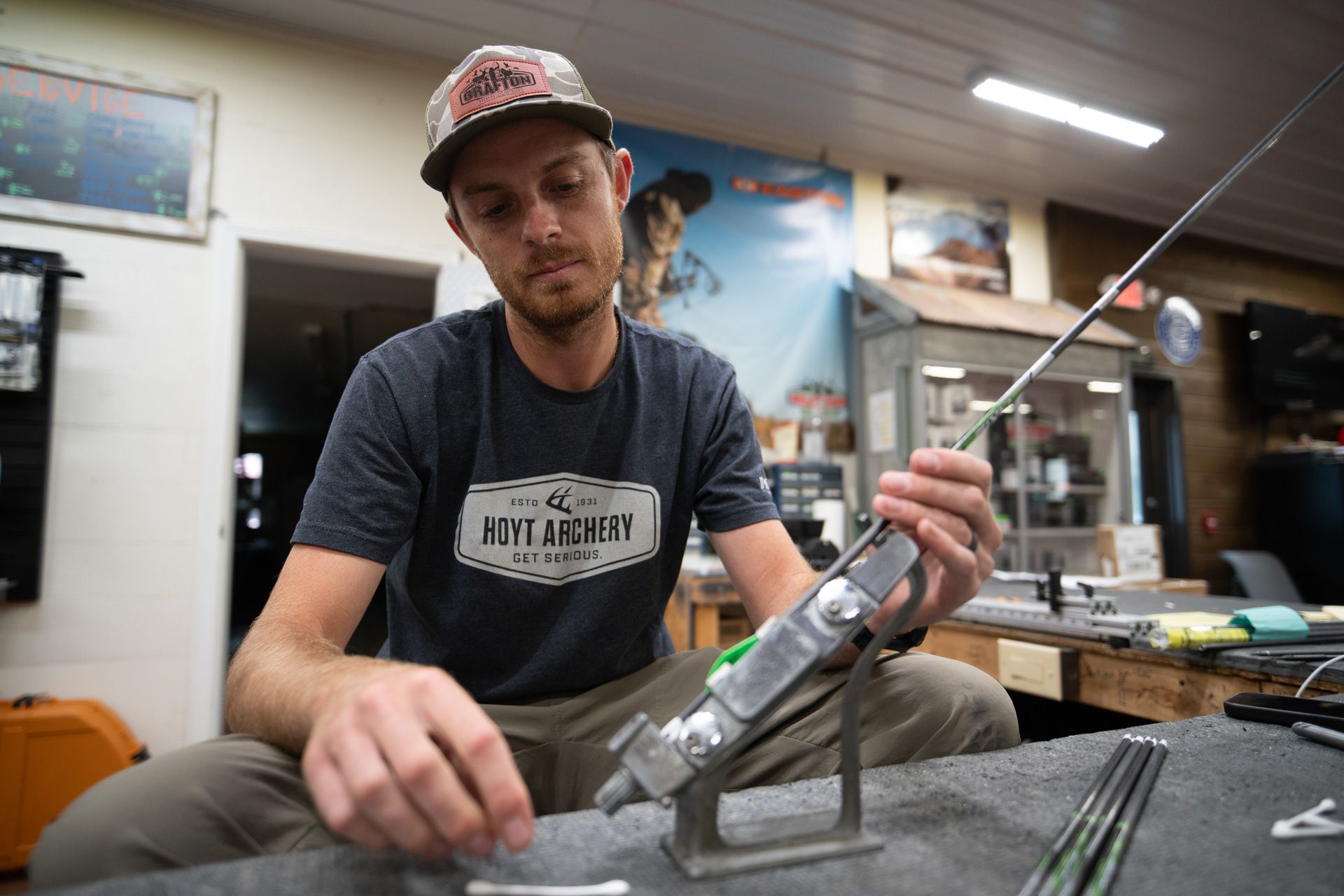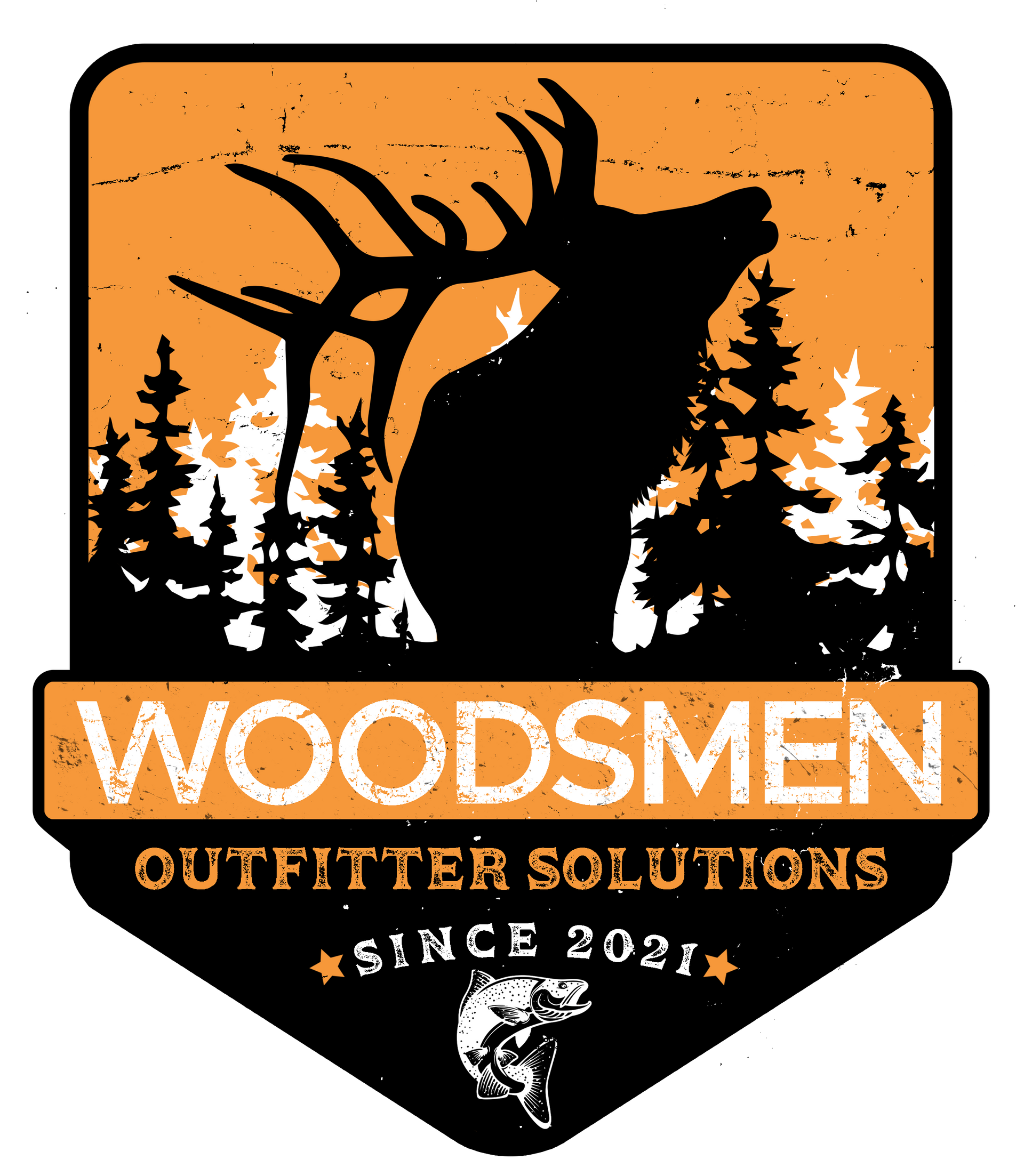2025 NC Bowhunting Season Updates and Regulation Changes You Need to Know
Grafton Archery & Outdoors
Every year, bowhunters across North Carolina look forward to the start of deer season. The anticipation builds all summer long, from planting food plots to hanging stands to making sure your bow is tuned and your arrows are ready. But just as important as preparation in the field is making sure you are up to date on the latest hunting regulations. Rules change from year to year, and staying informed is not just about following the law—it is about making sure your hunts are ethical, safe, and successful.
For 2025, the North Carolina Wildlife Resources Commission has released updates that every bowhunter should pay attention to. Some are small adjustments to dates or bag limits. Others involve clarifications on equipment and reporting. None of them are complicated, but ignoring them could cost you more than just a missed opportunity. A ticket or fine is the last thing you want when you are out in the woods.
One of the biggest changes for the 2025 season is a slight adjustment to archery season dates in certain regions. In some counties, the opening day has shifted earlier to balance herd management with hunter opportunity. In others, the closing week has been extended. If you hunt multiple counties or bounce between zones, double-check the specific calendar for your area. A few days may not sound like much, but being in the woods on the wrong day can land you in trouble.
Another update worth noting is in reporting. North Carolina continues to emphasize electronic harvest reporting, and for 2025, the state is pushing hunters to use the online or mobile reporting system immediately after a harvest rather than waiting until the end of the day. That means you need to be ready with your phone or have access to the hotline number. It is a simple process, but it ensures that data on the herd is accurate and up to date. The benefit is that quicker reporting helps wildlife managers make better decisions that ultimately improve the quality of hunting for all of us.
Bag limits have also been clarified this year. In some areas, antlerless harvest numbers have been adjusted to better control population growth. Pay attention to whether your county is considered overpopulated or more balanced. Overpopulated areas may allow more antlerless deer to be taken, while balanced areas may restrict them slightly to maintain herd health. Either way, knowing the rules before you head to the woods is key.
Equipment regulations are always an area hunters ask about, and for 2025, the rules are fairly consistent with past years but with a few clarifications. Broadheads are still required to have sharpened edges and a cutting diameter of at least seven-eighths of an inch. Expandable broadheads are legal as long as they meet those standards. Crossbows remain legal statewide during archery season, but bolts must follow the same broadhead rules. Minimum draw weight requirements for bows remain in place, so make sure your equipment meets the threshold. If you have any doubt about your setup, bring it into the shop and we can confirm that everything is compliant.
One area that sometimes catches hunters off guard is baiting. For deer hunting in North Carolina, baiting remains legal in most areas, but there are exceptions in certain counties where chronic wasting disease management is in effect. If you hunt in one of those counties, baiting may be restricted or prohibited altogether. The best step you can take is to check the current county-level guidance before you put out corn or mineral blocks. The rules are there to help prevent disease spread, and as hunters, we all share the responsibility to protect the future of the herd.
For hunters who travel across state lines, another thing to keep in mind is carcass transport rules. North Carolina continues to enforce restrictions on bringing in whole carcasses from states with chronic wasting disease. That means if you hunt out of state, you may need to debone meat and leave spinal columns and heads behind. This is not a new rule, but it is one that can easily be forgotten if you are planning a big trip.
With all of these changes and clarifications, it is easy to feel like there is a lot to keep track of. The truth is, the state makes the information easy to access, and you should take a few minutes before the season to read through the guide for yourself. At the same time, we know many hunters just want to be sure they are good to go without spending hours digging through regulations. That is why Grafton Archery & Outdoors makes it part of our service to stay up to date. When you stop by the shop, we can walk you through the current rules, answer questions about your county, and make sure your equipment is set up in a way that is fully compliant.
The regulations are not there to make things difficult. They exist to protect deer herds, balance populations, and ensure that hunting opportunities remain strong year after year. By following them closely, you are not just avoiding fines—you are playing your part in conservation. Hunters are some of the most important wildlife managers in North Carolina, and your role in reporting harvests, following bag limits, and respecting equipment laws makes a difference.
As you prepare for the 2025 season, take time to review the details. Double-check your opening day and closing day for the county you plan to hunt. Review bag limits for bucks and does in your area. Make sure your broadheads meet the legal size and that your bow is tuned to the required draw weight. Think about how you will handle reporting after a harvest, and if you use bait, confirm whether it is allowed in your hunting zone. These simple steps will set you up for success and keep your hunt worry-free.
At Grafton Archery & Outdoors, we are more than just a place to buy gear. We are your local partner in making sure every part of your season goes smoothly. From tuning your bow to building custom arrows to helping you choose the right trail cameras, we also keep an eye on the rules so you can focus on the hunt. If you have questions about what changed this year or need to check whether your setup is legal, stop by and let us walk through it with you. We have been serving hunters in this area for decades, and we take pride in making sure you leave our shop ready, confident, and compliant.
The 2025 bow season in North Carolina is shaping up to be another exciting year. With a few updates to keep in mind and the right preparation, you can head into the woods knowing you are on solid ground. Take the time now to get informed, get tuned, and get confident. When opening day arrives, you will be glad you did.
